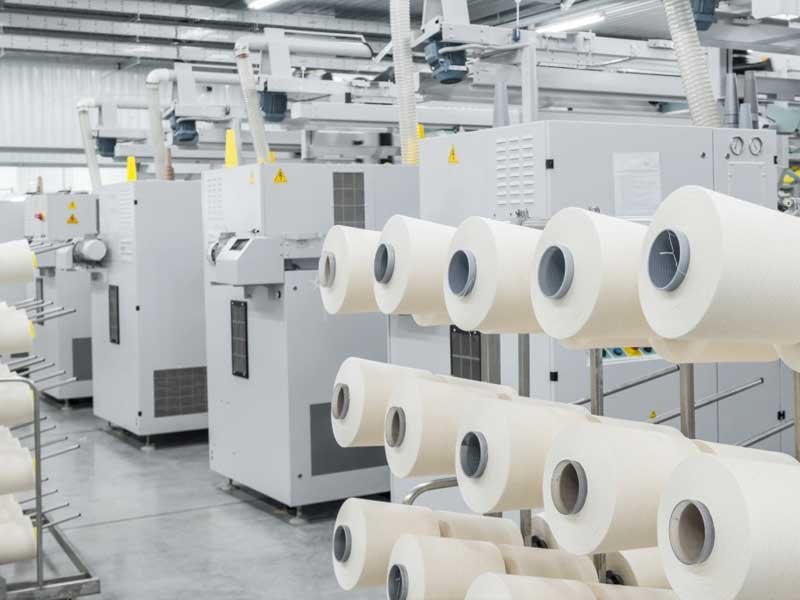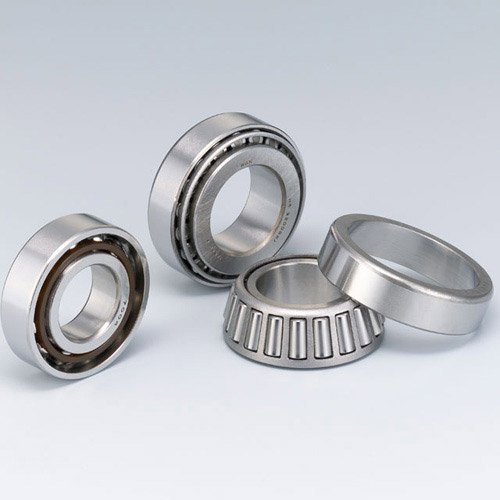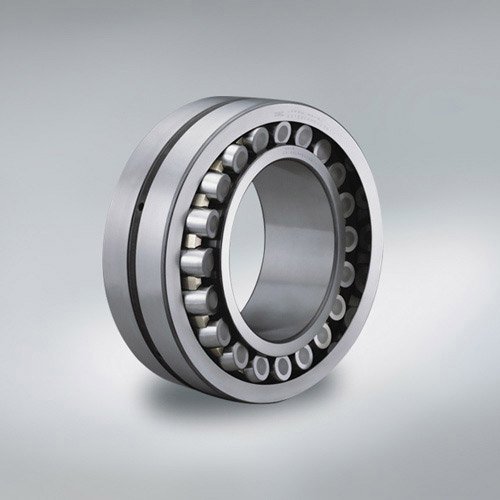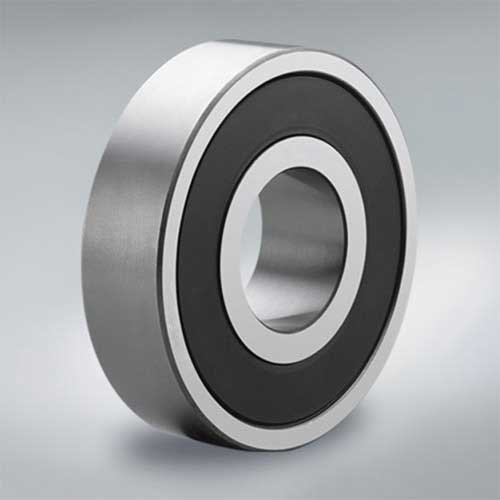
About Textile Machinery Bearings
As we all know, bearings are widely used and are essential to the operation of textile machinery. With the continuous advancement and development of textile machinery technology and production, the bearings must also develop and innovate their design and materials to provide strong support for the sustainable development of the textile industry.
Application Of Bearings In The Textile Machinery Industry
Provide customers with high-quality, high-performance textile machinery bearings that strictly meet international standards. Our bearings have the advantages of high load capacity, low friction, reliability, durability, high precision, low noise, etc.
Bearings provide engineering and product solutions in the following areas of the textile industry:
Spinning Equipment
In spinning equipment, bearings are mainly used in components that require rotation or precise movement, such as spindles, rotors, and drafting devices. In these positions, bearings play an important role in supporting load, reducing friction, improving efficiency, and maintaining performance. For example, the spinning equipment’s main shaft usually operates at high speeds, so the bearings inside should withstand the load of high-speed operation and reduce friction
Weaving Equipment
In the weaving equipment, bearings play a vital role in the high-frequency reciprocating motion, high-speed rotation, and precise control of weaving equipment, such as rapier looms, air jet looms, water jet looms, and so on. Using suitable and quality bearings can effectively reduce friction and noise to improve machine performance, extend the service life of the weaving machine, etc.
Printing And Dyeing Equipment
Printing and dyeing equipment is an important machine in the textile process, which includes dyeing machines, setting machines, printing machines, etc. Printing And Dyeing Equipment’ task is to color, print and finish the fabric. Since printing and dyeing equipment usually works in high temperatures, high humidity, and even corrosive environments, this condition needs bearing’ material and structural design to meet special working requirements.
Conveyor Belt System
In the textile industry, people usually use the conveyor belt system to transport a variety of materials, such as fibers, yarns, finished fabrics, and so on. When the conveyor belt system runs, it relies on a large number of rollers for transmission, and these rollers usually use bearings to reduce friction and maintain smooth operation. Therefore, the bearings inside need to have multiple excellent properties, such as impact resistance, wear resistance, high load capacity, pollution resistance, etc.




